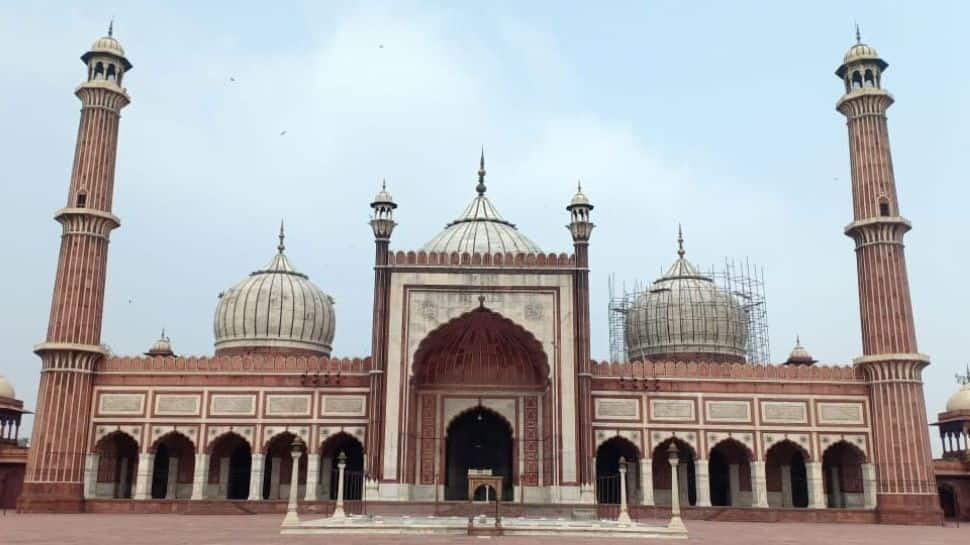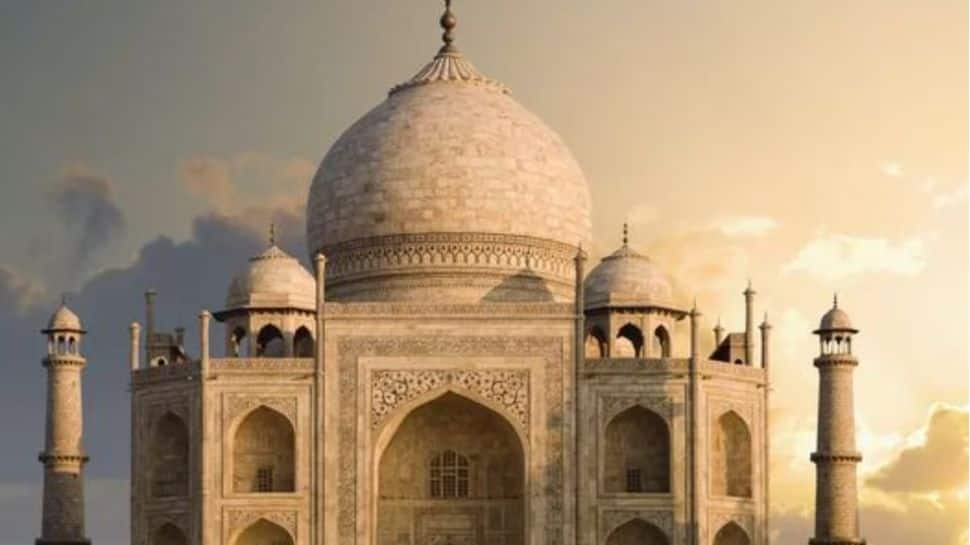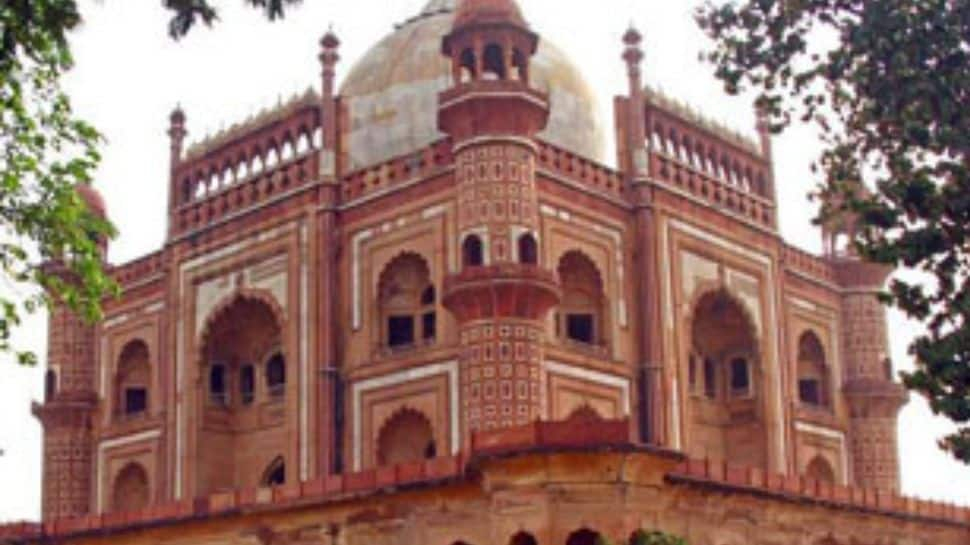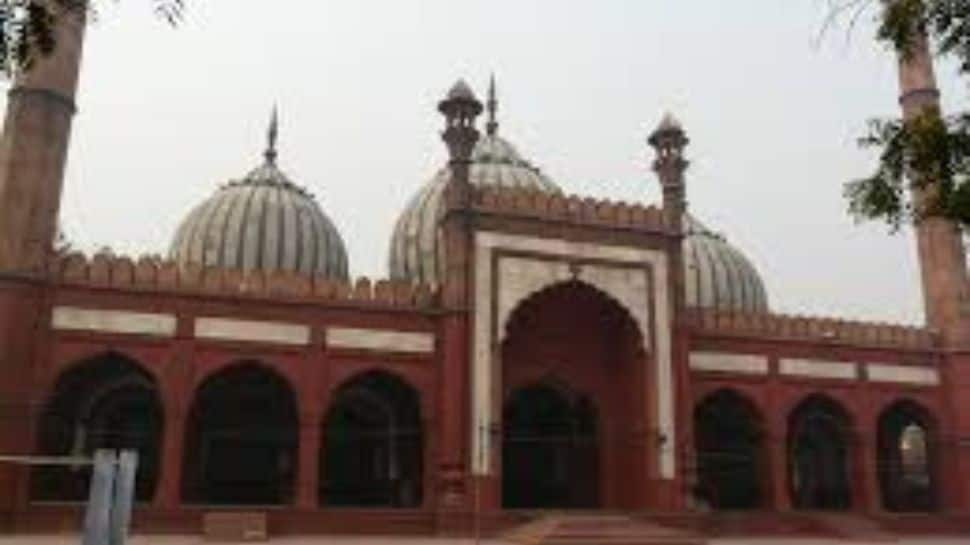Mughal Era Gone But Their Legacy Survives: 7 Iconic Monuments To Visit In India
The Mughals played a very crucial role in Indian histrory and introduced a unique architectural style that evolved into a remarkable blend known as Indo-Islamic architecture throughout their vast empire in the Indian subcontinent. Here is the list of 10 iconic monuments built by the Mughals in India.
)
The tomb was commissioned by Humayun's first wife in 1558 named Empress Bega Begum. It was the first garden-tomb in the Indian subcontinent and also the first major structure to use red sandstone on such a scale.
Jama Masjid, Delhi

Jama Masjid was built by Mughal emperor Shah Jahan from 1644 to 1656. It is one of the largest mosques in India and is located in the National capital. Every year many tourists come to visit this Masjid.
Red Fort, Delhi

The Red Fort, located in Delhi, was commissioned by Emperor Shah Jahan in 1638. It showcases stunning Mughal architecture and served as the main residence of emperors for nearly 200 years.
Taj Mahal, Agra

Taj Mahal is also cones under severe wonder of the world. It was established in 1631 by the fifth Mughal emperor Shah Jahan for his wife, Mumtaz Mahal. It also houses the tomb of Shah Jahan himself.
Tomb Of Itimad-Ud-Daulah, Agra

It is popularly known as a jewel box, sometimes called the Bachcha Taj or the Baby Taj. The tomb of I'timād-ud-Daulah is often considered a draft of the Taj Mahal.
Safdarjung Tomb, Delhi

Safdarjung's tomb is a sandstone and marble mausoleum constructed in 1754 for Nawab Safdarjung. It has a sense of spaciousness and boasts an impressive presence, featuring domed and arched structures in red, brown, and white hues. (Image: Delhi Tourism)
Zeenat-ul-Masjid, Delhi

Zeenat-ul-Masjid is an 18th-century Mughal mosque located in Delhi and also known as the Ghata Masjid. The mosque was commissioned by Zeenat-un-Nissa, the second daughter of the Mughal emperor Aurangzeb.
Trending Photos








